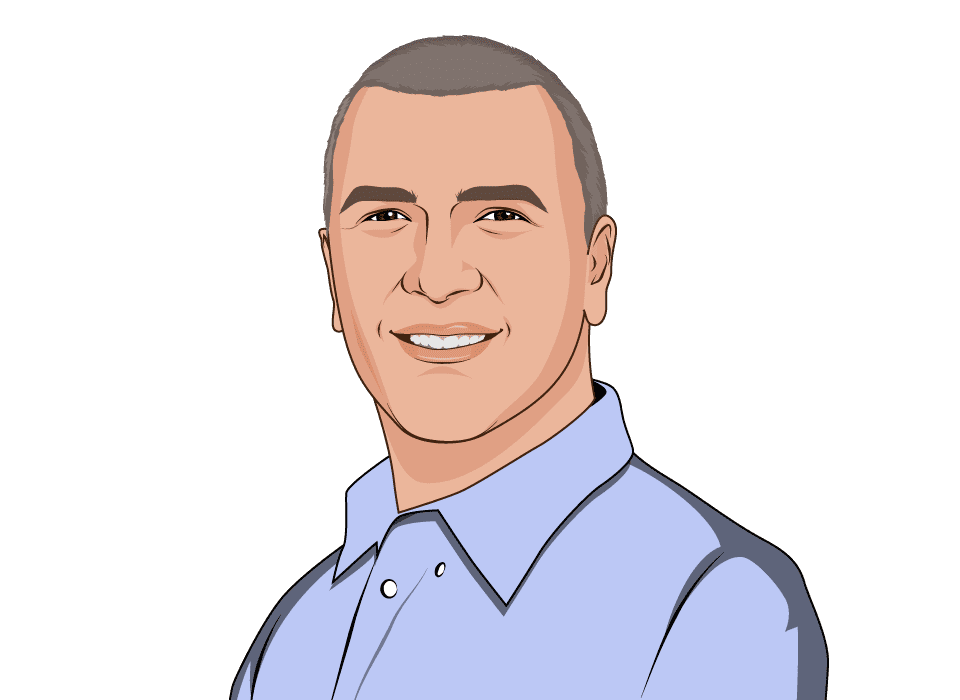My Architecture: Apache Kafka by Confluent on AWS Cloud
Aug 4, 2019 ~ 2 min read
Recent engagement with $4.5B customer produced very positive outcome with very surprising learning lesson: we had to create reference architecture for Apache Kafka by Confluent on AWS cloud from scratch because there wasn't any available.
In this short article we would like to share what we were able to achieve in a very short period of time. Our intention is to help others if they come across something similar. Unfortunately, we can't give proper credits to everybody who made this reference architecture possible. Nevertheless, when the time comes, we'll gladly update this article with well deserved recognition.

In a nutshell, Apache Kafka by Confluent was required to run in a multi-region setup (to be precise: North Virginia and Oregon). Each region was using 3 availability zones for HA and Low Latency. Kafka nodes require sub 10ms latency, therefore different clusters were deployed in each region and messages are being transferred from one region into another using Replicator nodes (to be precise: Replicator processes are running on Connector nodes).
Each Kafka cluster includes:
- 5 Brokers nodes
- 5 Zookeeper nodes
- 2 Connector nodes (+2 Replicator processes)
- 2 Schema Registry nodes
- 2 REST API nodes
- 2 KSQL nodes
- 2 KStream nodes
- 1 Control Center node
Traffic between customer datacenters and AWS regions, as well as from one AWS region into another AWS region, is managed through Transit Gateway. At the time of writing, latency between North Virginia and Oregon was around 70–80 ms (according to cloudping.co).
Share your thoughts and your experience on LinkedIn, Twitter, Facebook or in the comments section below.
Recommended Posts
See All Posts
My Architecture: Private Equity Platform on AWS Cloud
Over the last couple of years we have been working closely with several private equity companies to help them adopt public clouds. This article will describe the high level architecture of a leading private equity platform on AWS cloud.
Sep 10, 2019
Learn more
















